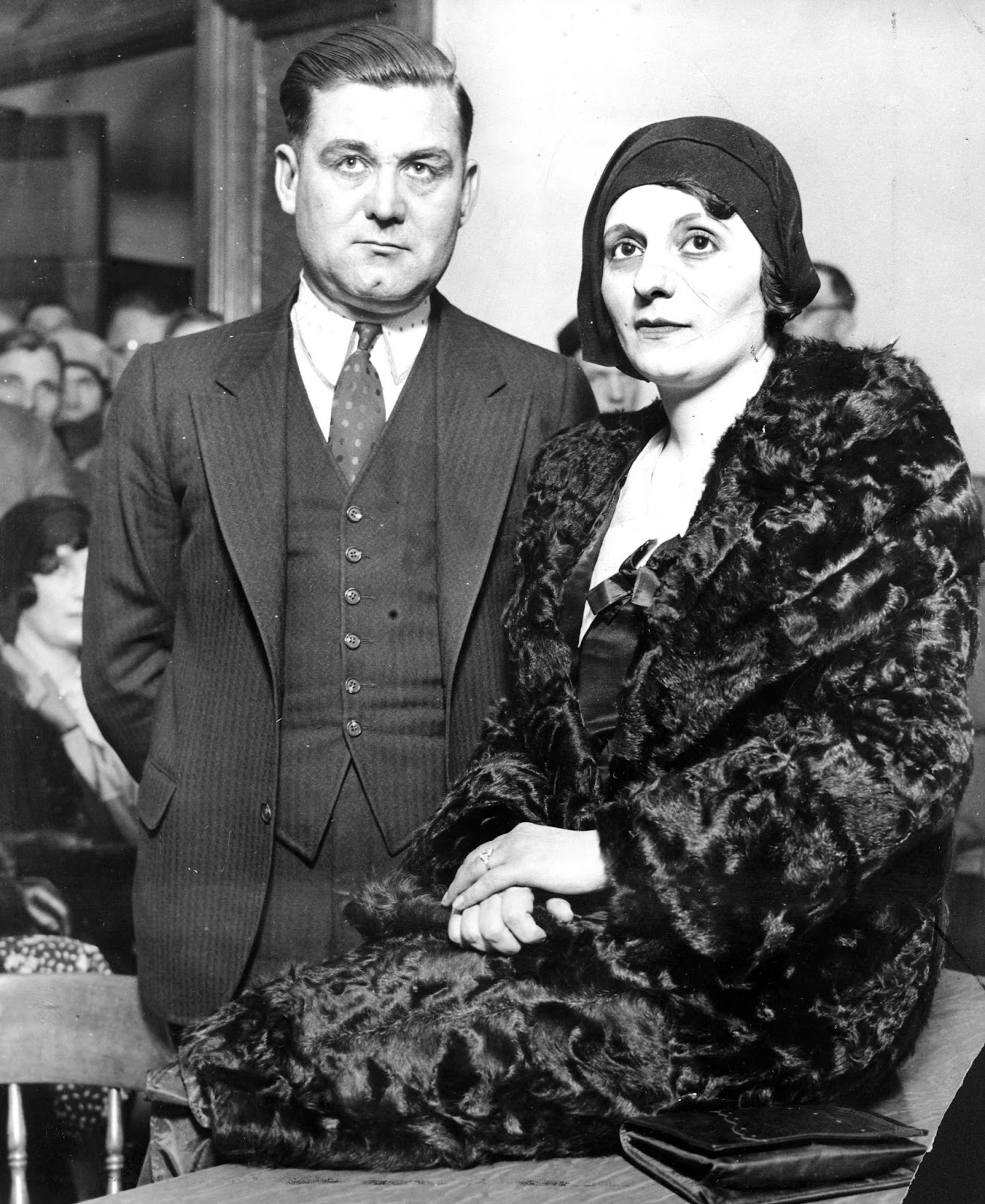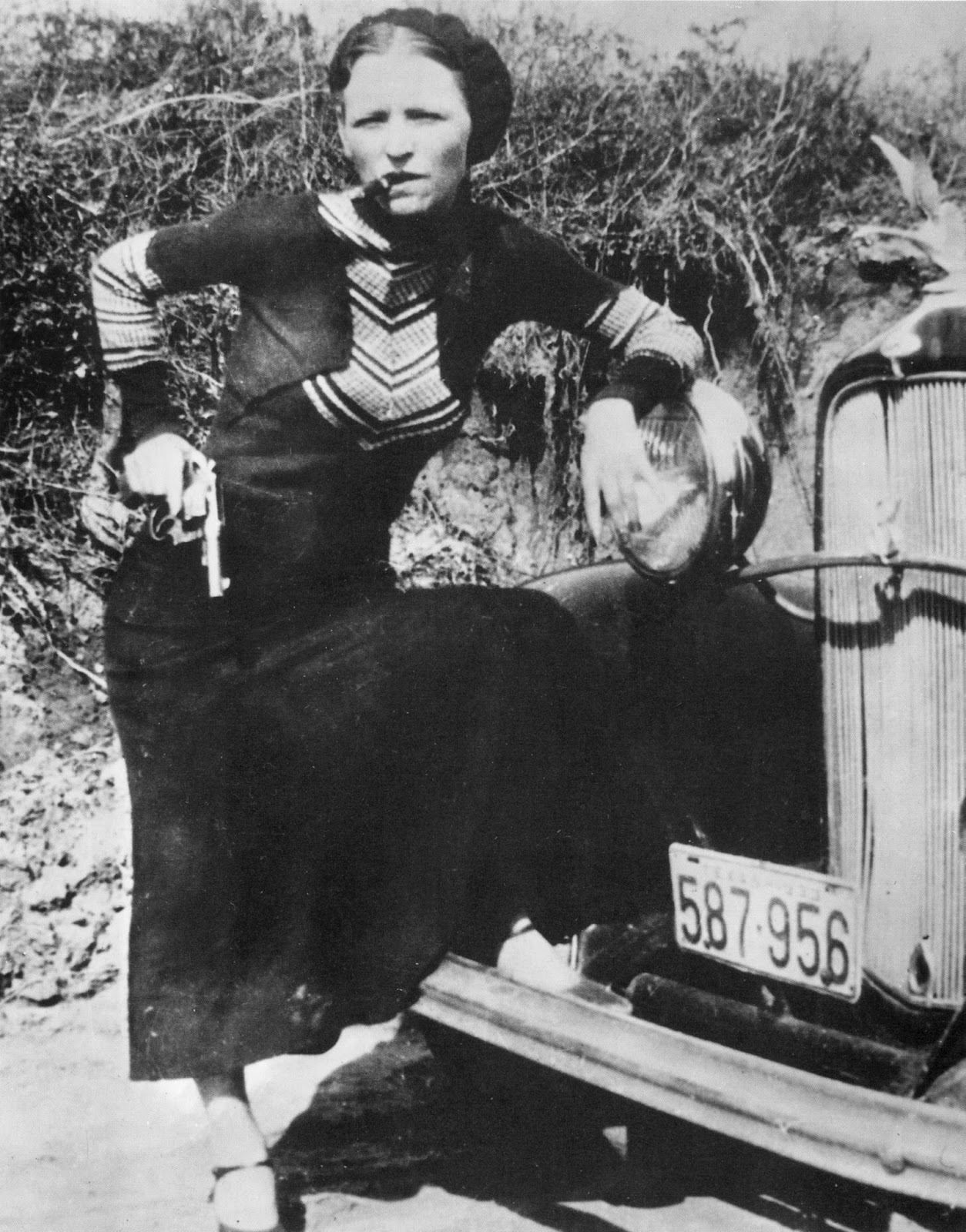Navigating the Underworld: Gangsters of the 1930s

Ever wonder how a handful of individuals could hold entire cities in their grip? The 1930s, a decade marked by economic hardship and social upheaval, witnessed the rise of some of the most infamous gangsters in American history. Their stories, often romanticized in film and literature, offer a glimpse into a complex era of organized crime.
The Great Depression, triggered by the 1929 stock market crash, created a breeding ground for criminal activity. Widespread unemployment and poverty pushed many to desperate measures, and organized crime offered a perceived path to wealth and power. This period saw the rise of powerful gangster syndicates involved in bootlegging, gambling, and racketeering.
The origins of 1930s gangsterism can be traced back to the Prohibition era, when the ban on alcohol created a lucrative black market. Bootlegging operations, controlled by criminal organizations, generated enormous profits and fueled the growth of gangster empires. This illicit trade provided the foundation for the sophisticated criminal networks that flourished throughout the 1930s.
These organized crime groups became deeply embedded in American society, influencing politics, labor unions, and even entertainment. Their power and influence extended far beyond the underworld, impacting everyday life for many Americans. Understanding this era requires examining the social and economic conditions that allowed these criminal organizations to thrive.
From notorious figures like Al Capone and John Dillinger to the lesser-known gangsters who operated within their networks, the 1930s provide a fascinating case study in the dynamics of organized crime. Their activities, while illegal and often violent, left an indelible mark on American culture and continue to fascinate us today.
Prohibition's repeal in 1933 didn't cripple organized crime as many had hoped. Gangsters diversified their operations, moving into other illegal activities like gambling, extortion, and loan sharking. The impact of the Great Depression continued to provide a steady stream of recruits desperate for work, regardless of its legality.
Examples of gangsters' impact on society include the corruption of law enforcement and political figures through bribery and intimidation. They also played a role in labor racketeering, infiltrating unions and exploiting workers for their own gain.
Advantages and Disadvantages of Gangster Activity in the 1930s
| Advantages (From the Gangsters' Perspective) | Disadvantages (Societal Impact) |
|---|---|
| Financial Gain and Power | Increased Violence and Crime |
| Control over Certain Industries | Corruption of Law Enforcement and Government |
| Influence over Local Communities | Erosion of Public Trust |
Challenges and Solutions Related to Gangsterism in the 1930s
Challenge 1: Widespread corruption. Solution: Formation of specialized law enforcement agencies like the FBI, focused on tackling organized crime.
Challenge 2: Public sympathy for some gangsters. Solution: Media campaigns highlighting the negative consequences of gangster activities and the victims they left behind.
Challenge 3: Difficulty in prosecuting gangsters. Solution: Development of new investigative techniques and legal strategies, such as focusing on tax evasion charges.
Challenge 4: Interstate criminal operations. Solution: Enhanced inter-agency cooperation and information sharing between law enforcement agencies across state lines.
Challenge 5: The allure of the gangster lifestyle. Solution: Social programs aimed at addressing poverty and unemployment, which contributed to the appeal of joining criminal organizations.
Real Examples of 1930s Gangsters
1. Al Capone: Chicago Outfit boss notorious for bootlegging and violence.
2. John Dillinger: Bank robber known for his daring escapes and charismatic personality.
3. Bonnie and Clyde: Infamous outlaw couple known for their robberies and eventual demise.
4. Lucky Luciano: Key figure in the development of the modern American Mafia.
5. Baby Face Nelson: Violent bank robber and killer associated with John Dillinger.
Frequently Asked Questions
1. Why were gangsters so prevalent in the 1930s? The Great Depression and Prohibition played significant roles.
2. What were the main activities of 1930s gangsters? Bootlegging, gambling, racketeering, extortion, and loan sharking.
3. How did law enforcement combat gangsters? By creating specialized units and developing new investigative techniques.
4. What was the public's perception of gangsters? While some viewed them as Robin Hood figures, many feared their violence and influence.
5. How did the end of Prohibition affect gangsterism? Gangsters diversified into other criminal activities.
6. What were some famous gangster hideouts? Various speakeasies, hotels, and rural properties served as hideouts.
7. How did gangsterism influence popular culture? Films, novels, and music often romanticized the gangster lifestyle.
8. What ultimately led to the decline of many powerful gangster organizations? Law enforcement efforts, internal conflicts, and changing social and economic conditions.
The 1930s gangsters, while criminals, provide a captivating lens through which to examine a turbulent era in American history. Their rise and fall are inextricably linked to the social, economic, and political landscape of the time. Studying this period offers valuable insights into the complex dynamics of organized crime and its impact on society. By exploring their stories, we gain a deeper understanding of the forces that shaped this period and their lasting legacy.
Unlocking the toyota rav4 a deep dive into its dimensions and specs
Carrier ac compressor contactor keeping your cool under pressure
Maximizing donations the art of the pls donate seat













